How to Deal with Needlestick Injuries
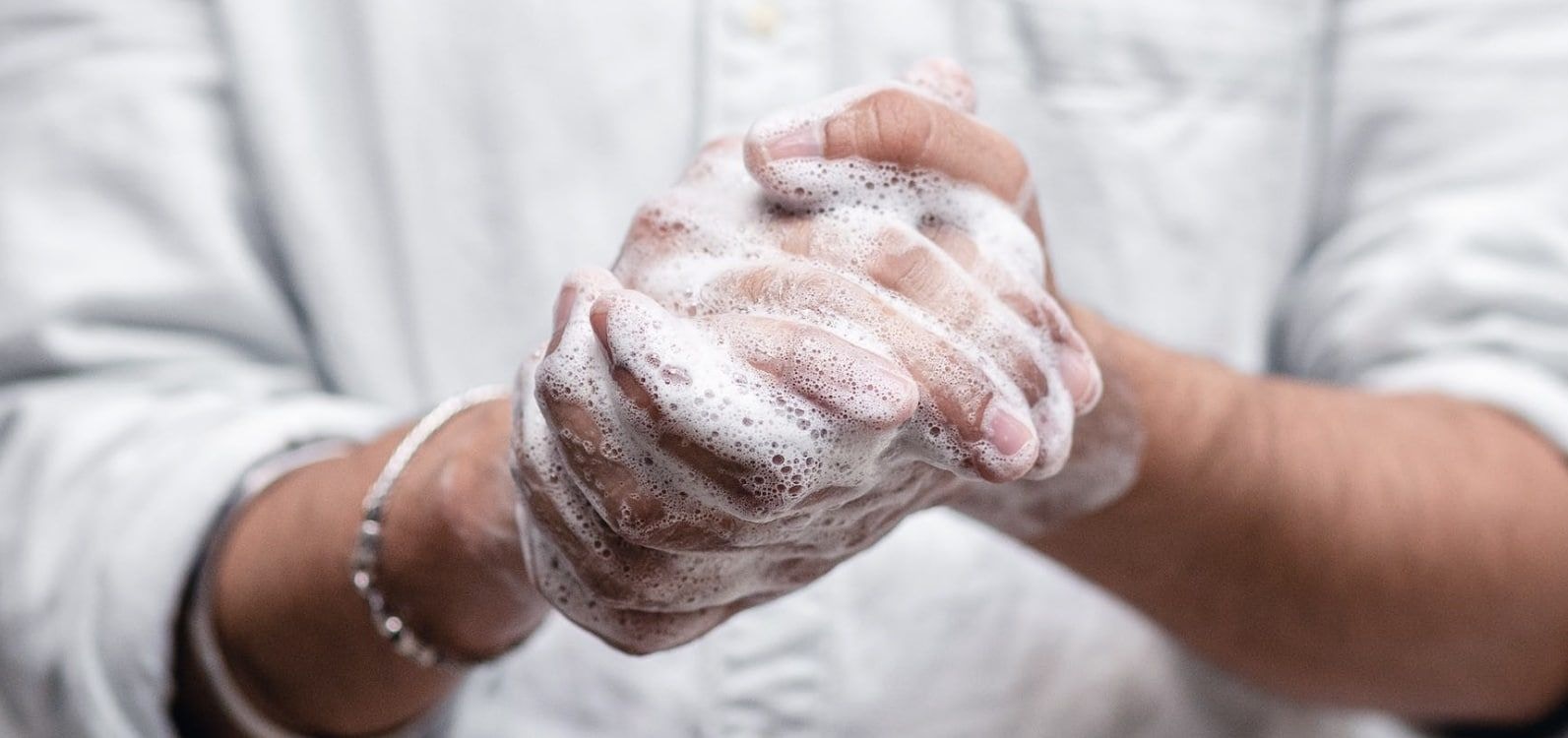
If you’re new to medical aesthetics, you may be unsure of how to deal with needlestick injuries.
Needlesticks are sharps-related accidents that involve a used needle piercing the skin of an individual. This could be you or any other person.
You should define your own protocol for dealing with this, and other emergencies, before you start practising in aesthetic medicine.
Always do your own research before implementing any policies or systems, especially those relating to health and safety. This includes considering the Clinical and Practice standards from the CPSA which specify that ‘the practitioner and/or provider must adhere to the Health and Safety (Sharp Instruments in Healthcare) Regulations 2013 ’.
In the instance of sharps injuries, including needlesticks, the UK has laws governing the actions you should take. These are clearly set out on the Health & Safety Executive’s website.
If you work for an aesthetics clinic, ensure you are aware of your employer’s policies in this regard.
The following overview provides basic advice for your information purposes as a new aesthetics practitioner. We do, however, highly recommend reading through the information linked to above.
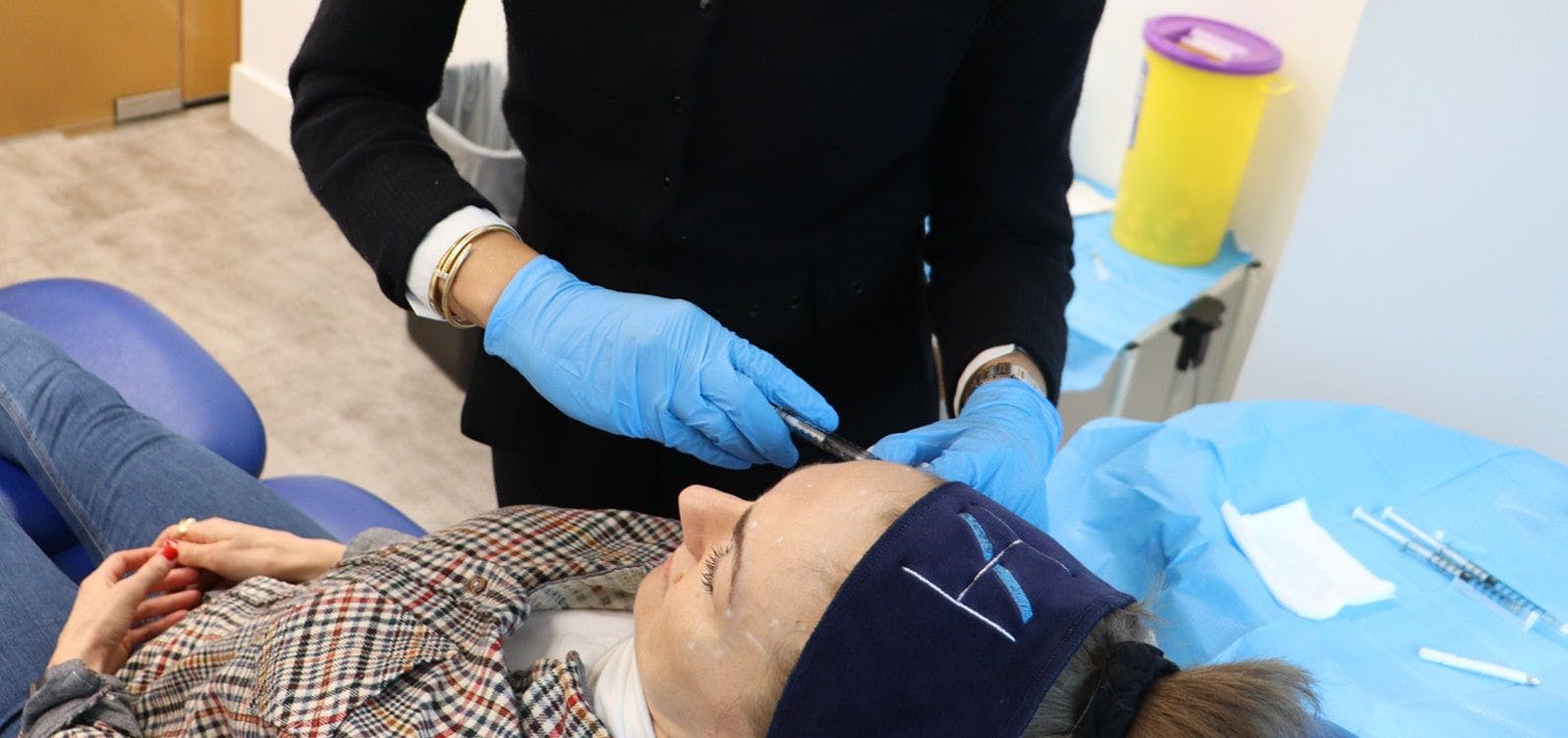
Needlestick injury prevention
Effort should be placed in avoiding needlestick injury through safe systems at work.
As a new aesthetics practitioner in particular, it’s important to book enough time for treatments. This means you’re less likely to be anxious or stressed during the procedure. Feeling rushed, anxious or stressed can lead to accidents, so do what you can to mitigate these scenarios.
Specific prevention advice includes (in no particular order):
- Maintaining an organised physical treatment environment – Using an organised clinical tray – Ensuring the appropriate height and position of the tray and your patient
- Avoiding using oversized gloves
- Immediately disposing of used sharps
- Having easy access to sharps disposal
- Avoiding handheld re-sheathing of needles
- Using risk assessment to formulate a policy
- Regular training.
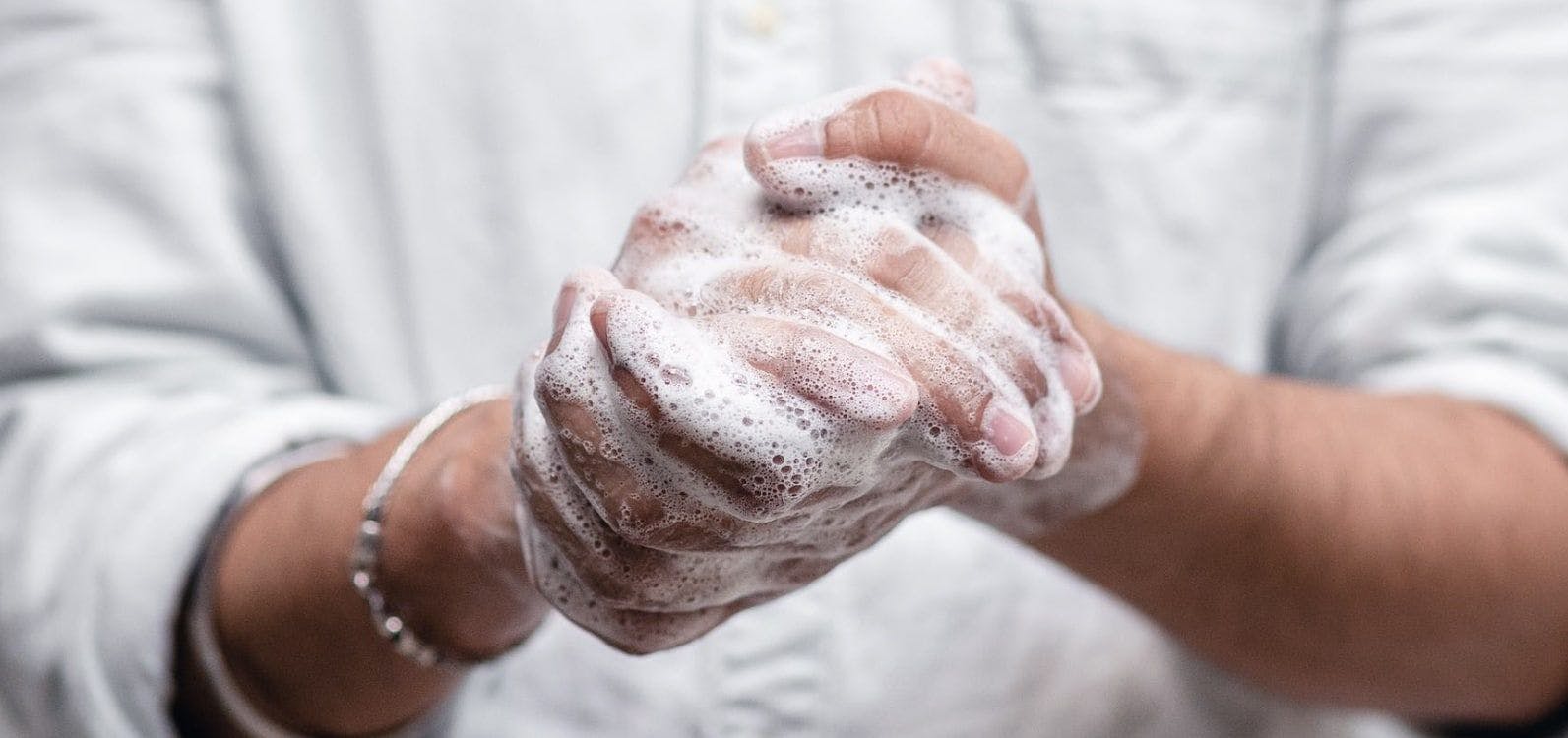
How to deal with a needlestick injury
Action the following protocol:
1. Administer first aid
- Immediately encourage gentle bleeding, ideally under running water
- Wash the wound with soap and water for two minutes but do not scrub at it
- Ensure the injured party does not attempt to suck or lick the wound
- Dry it using a disposable paper towel
- Cover it using a fresh, waterproof sticking plaster or dressing.
2. Decide if further medical attention is required
If you are not the lead doctor or medical director at your clinic, inform them of the incident as a matter of urgency. This means within minutes of the injury occurring.
That person should then examine the patient and the situation to decide if additional medical advice is required. They will consider the:
- Circumstances
- Source patient
- Exposed person.
This will help inform the blood sampling required, counselling for and reporting of the incident.
Should further attention be deemed necessary, direct the injured party as to how to seek this. For example, urgent advice should be sought if there are indications for anti-retroviral post-exposure prophylaxis. This could be at a local A&E department, for example.
Before they leave the clinic, provide the injured person with your emergency contact details for any follow-up. Obviously, you should ensure this phone number and email address are closely monitored as a matter of course.
3. Do not leave the clinic until a risk assessment is complete
Remain in the clinic where the incident happened until a risk assessment has been completed. This applies whether you’re the one conducting the risk assessment or not.
If you are not responsible for carrying out this assessment, make sure the person who is has your personal contact details. Also, ensure this individual and/or the lead doctor provides you with details of any appropriate action that needs to be taken before you leave.
4. If relevant, inform your line manager of the needlestick
If you have a line manager and they are not one of the people involved in dealing with the needlestick, inform them as soon as you can. They will need to ensure they follow their own protocols for such incidents.
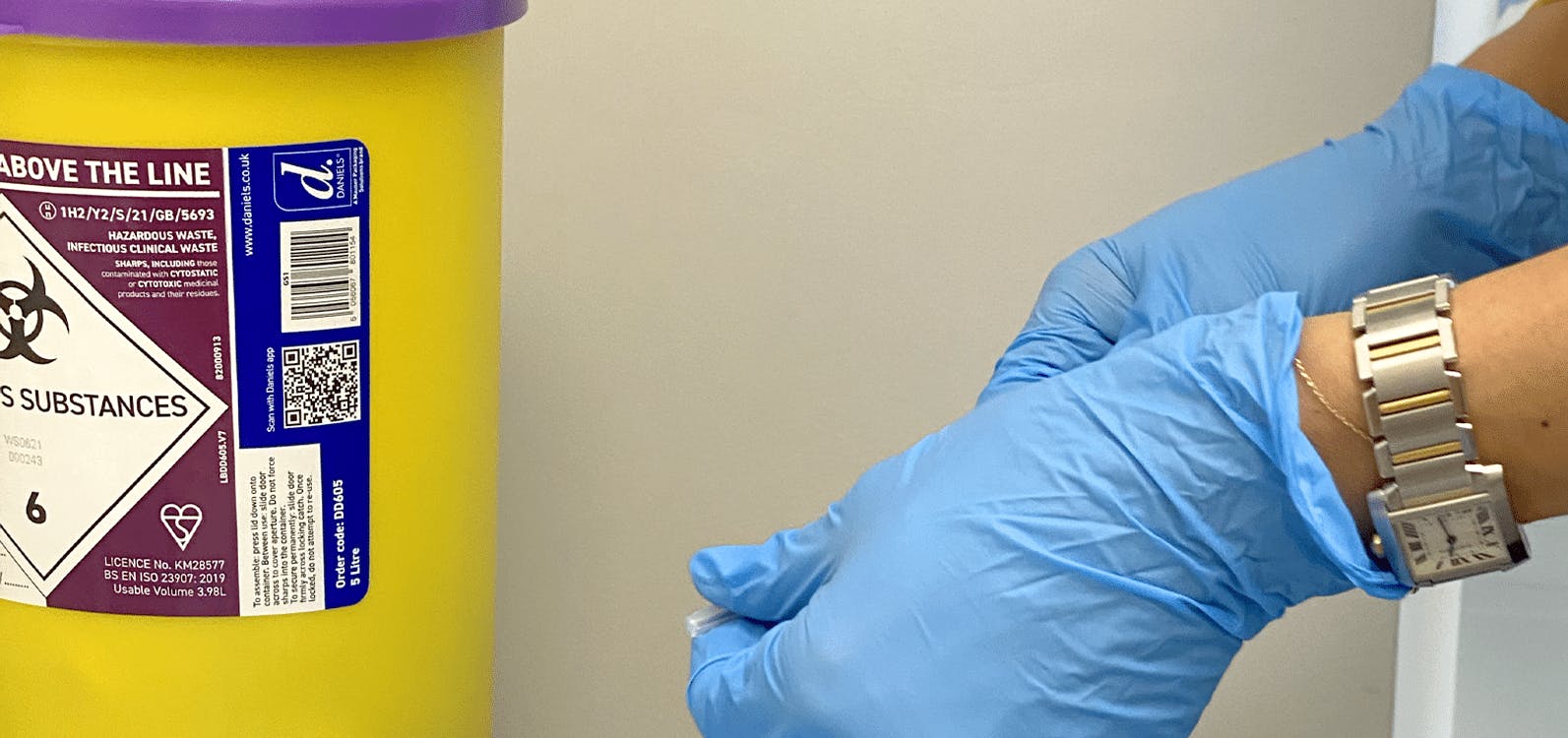
How to dispose of the needle
In the UK, the rules for disposing of a needle following a needlestick accident in a clinical environment are also primarily governed by the Health and Safety (Sharps Instruments in Healthcare) Regulations 2013. These regulations provide guidelines for the safe disposal of sharps, including needles.
You should familiarise yourself with this guidance, The general advice for disposing of needles in such a scenario is fairly straightforward, however.
- Do not attempt to recap the needle. Doing so increases the risk of further accidental needle sticks.
- Safely contain the needle – this should be placed directly into a dedicated sharps bin. This is a puncture-resistant container specifically designed for sharps disposal. Failing that, a rigid plastic, leak-proof container with a sealable lid is a viable alternative.
Preventing further incidents
An incident should be a prompt to investigate the scenario and consider further measures to minimise the risk of future incidents.
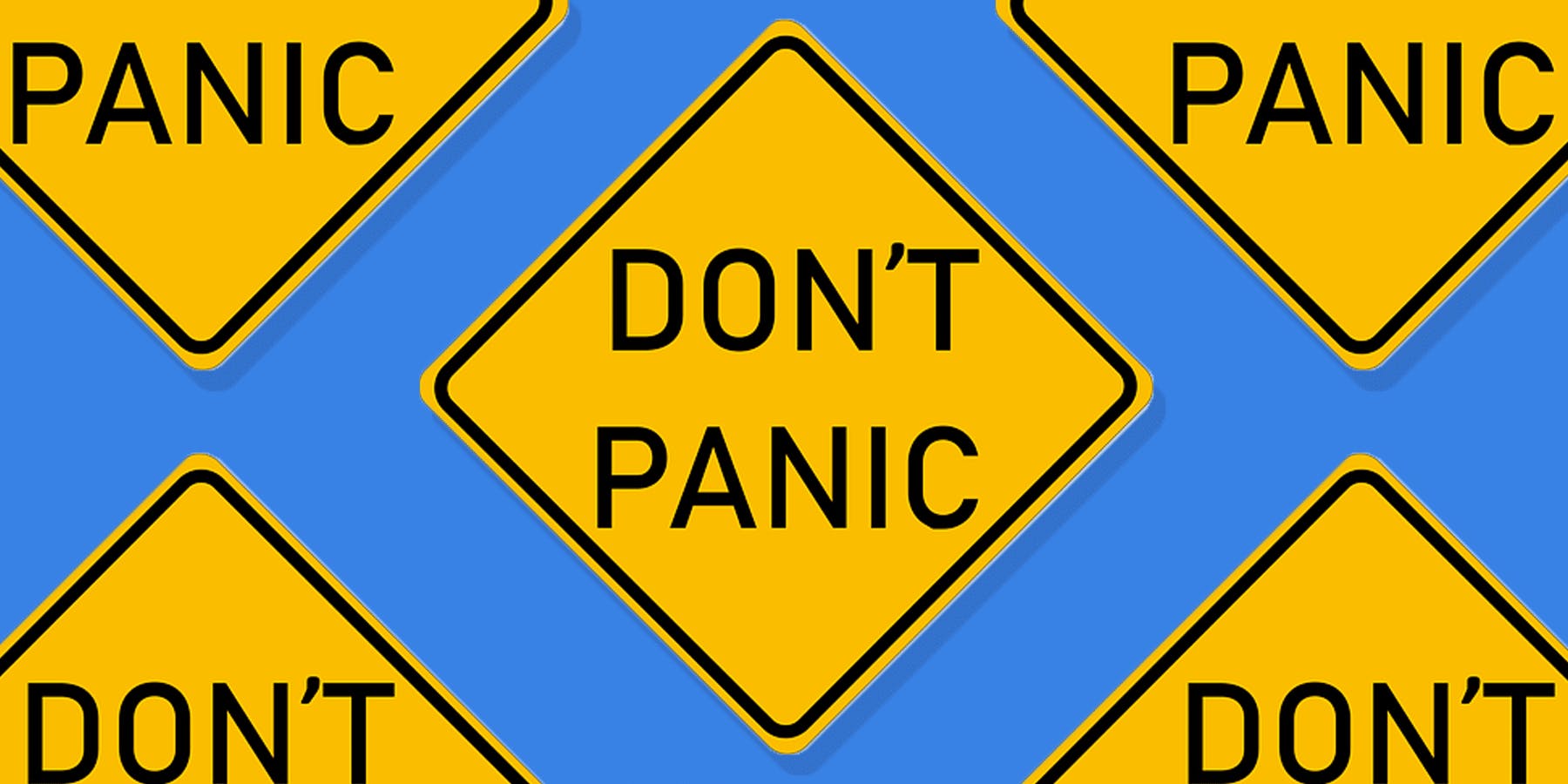
Be prepared: have your emergency protocols in place
We hope you find this guidance useful. Whilst infrequent, it can be scary when these things happen, so having your own protocol ahead of time will ease any panic in the moment.
You may wish to read our article on Emergency Protocols for Aesthetics Practitioners to help familiarise yourself with what else is required. It also recommends where you can find or get help with putting together your own policies when starting out as an injector.
Many of these will be explained to you in the eLearning which accompanies our Level 7 Diploma in Botox & Dermal Fillers. However, it’s always best to draft your own after taking advice from relevant sources, often including your insurance company.
All information correct at the time of publication
Download our full prospectus
Browse all our injectables, dermal fillers and cosmetic dermatology courses in one document
By submitting this form, you agree to receive marketing about our products, events, promotions and exclusive content. Consent is not a condition of purchase, and no purchase is necessary. Message frequency varies. View our Privacy Policy and Terms & Conditions
Attend our FREE open evening
If you're not sure which course is right for you, let us help
Join us online or in-person at our free open evening to learn more
Our Partners














STAY INFORMED
Sign up to receive industry news, careers advice, special offers and information on Harley Academy courses and services

